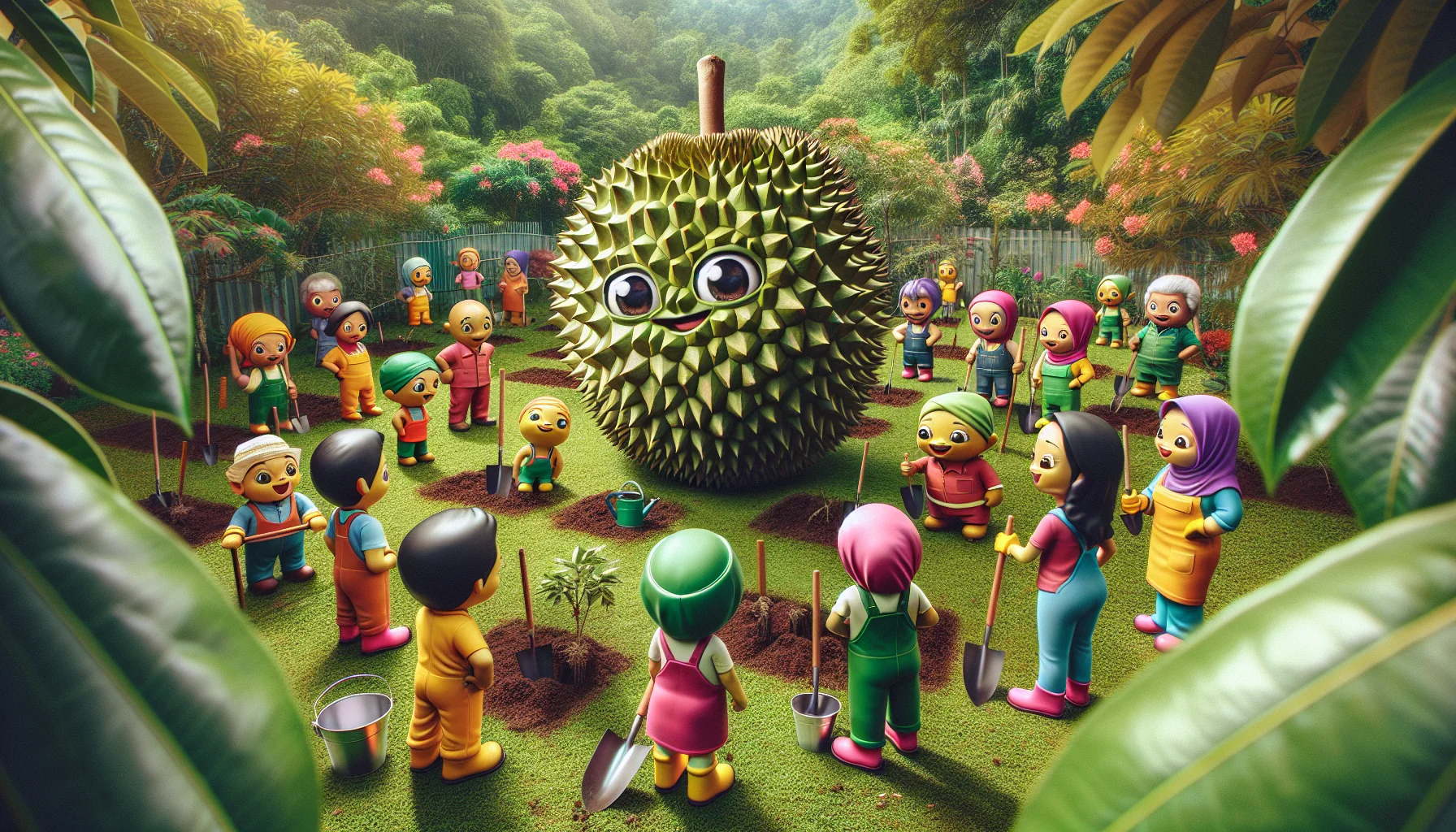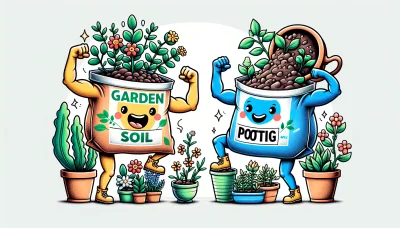Durian national fruit Quiz
Test Your Knowledge
Question of
Durian: The National Fruit of Southeast Asia
Durian, often recognized for its distinctive odor and formidable thorn-covered husk, holds a place of unique significance in Southeast Asia, transcending its mere biological existence to become a cultural and economic cornerstone. In countries like Thailand, Malaysia, and Indonesia, durian is not just a fruit but a symbol of tradition, social status, and communal bonding. Its cultivation and sale are pivotal to the agricultural economy, contributing significantly to the livelihoods of thousands of farmers and traders. Moreover, durian festivals and competitions celebrate this fruit, attracting tourists and fostering a sense of pride and unity among the locals. Despite its polarizing scent and taste, durian's role in Southeast Asia is a testament to the region's rich cultural tapestry and economic resilience.
The Unique Characteristics of Durian
Durian, often known as the "king of fruits," possesses a set of unique characteristics that sets it apart from other fruits. Physically, durian is a large, spiky fruit that can weigh several kilograms. Its exterior is tough and covered in sharp spikes, requiring careful handling. Inside, the fruit is divided into lobes, each containing a creamy, custard-like flesh that encases large seeds. The taste profile of durian is complex and has been described in a multitude of ways, ranging from sweet and almond-like to having hints of cheese, caramel, and garlic. However, the most notorious characteristic of durian is its smell, which is incredibly pungent and can permeate through packaging. This smell has been likened to rotten onions or raw sewage, making durian a fruit that people either love or detest intensely. Despite its divisive nature, durian remains a beloved delicacy in many parts of Asia, appreciated for its unique taste and texture.
Growing Durian: Essential Tips for Gardeners
- Climate: Durian trees thrive in tropical environments with consistent temperatures ranging between 24°C to 30°C. They need high humidity and at least 1500mm of rainfall annually, spread throughout the year.
- Soil Conditions: The ideal soil for durian trees is well-draining, rich in organic matter, and has a pH level of 6-7. Avoid waterlogged areas as durian roots are susceptible to rot.
- Planting: It's best to plant durian trees during the rainy season when the soil is moist. Ensure you have ample space as these trees can grow quite large.
- Sunlight: Durian trees require full sunlight for optimal growth. Choose a planting site that receives direct sunlight for most of the day.
- Watering: Regular watering is crucial, especially during the tree's first few years of growth. However, avoid over-watering to prevent root rot.
- Fertilization: Apply organic fertilizers rich in nitrogen, phosphorus, and potassium during the growing season to support healthy growth and fruit production.
- Pruning: Pruning is important to maintain the tree's shape, remove dead or diseased branches, and encourage fruiting. Best done after the harvest season.
- Pest and Disease Management: Keep an eye out for pests such as durian fruit borer and diseases like stem canker. Use organic pesticides and fungicides to manage these problems.
- Harvesting: Durian trees can take 5-7 years to bear fruit. The fruit is ready to harvest when its husk begins to crack. It's best to allow the fruit to fall naturally to ensure ripeness.
The Health Benefits of Durian
Durian, often known as the "king of fruits," is not only unique in flavor and aroma but also rich in nutritional value. This exotic fruit is packed with vitamins and minerals essential for maintaining a healthy body. It is a great source of vitamin C, which is crucial for immune system function, skin health, and wound healing. Durians are also rich in B-vitamins, particularly vitamin B6, which is important for brain health and creating neurotransmitters. The fruit is a good source of dietary fiber, promoting digestive health and reducing the risk of heart disease by lowering cholesterol levels. Additionally, durian contains a variety of minerals including potassium, which helps to maintain blood pressure levels, and magnesium, which is essential for muscle function and energy production. The antioxidants found in durian, such as anthocyanins, carotenoids, and polyphenols, help to fight against oxidative stress and may reduce the risk of chronic diseases. Overall, incorporating durian into your diet can offer numerous health benefits, from boosting your immune system to supporting heart health.
Durian Varieties Worth Knowing
| Variety | Characteristics | Commonly Grown |
|---|---|---|
| Musang King | Creamy, thick flesh with a strong aroma and sweet, slightly bitter taste | Malaysia |
| D24 Sultan | Soft, creamy texture with a complex sweet and bitter taste | Malaysia |
| Mon Thong | Large size, firm flesh, and mildly sweet flavor | Thailand |
| Chanee | Thick flesh, moderate sweetness with a slight bitterness | Thailand |
| Red Prawn | Orange-red flesh, creamy, sweet with a hint of bitterness | Malaysia |
Harvesting and Storing Durian
Harvesting durian fruits at the right time is crucial for ensuring their best taste and texture. Durians should ideally be harvested when they naturally fall from the tree, a sign that they are fully ripe. If you must harvest them directly from the tree, look for signs of maturity such as a strong, distinctive smell, a slight give in the outer shell, and a change in color of the husk from green to brownish. After harvesting, handling durians with care is essential to prevent bruising. For storing, durians can be kept at room temperature for a couple of days if they are intended to be consumed soon. For longer storage, wrapping the fruits in newspaper or placing them in airtight containers and refrigerating can help maintain their freshness for up to 5 days. Freezing durians is also an option for extending their shelf life even further, allowing you to enjoy the fruit for several months. However, it is important to note that while freezing preserves the fruit, it may alter the texture of the durian flesh.
Incorporating Durian into Your Garden and Diet
As we conclude, it's worth considering the addition of durian to your home garden. Not only does it offer a unique aesthetic appeal, but the fruit itself is a powerhouse of nutrition and flavor. Growing durian at home can be a rewarding venture, providing you with a fresh and exotic ingredient right at your doorstep. Moreover, incorporating durian into your diet opens up a world of culinary exploration. Its distinctive taste and texture make it a versatile ingredient for a wide range of dishes, from sweet desserts to savory meals. Embrace the challenge and delight of durian, and you might just discover your new favorite fruit. Let the adventure begin!












